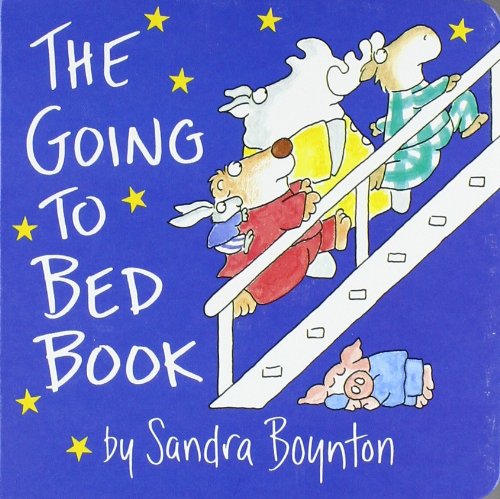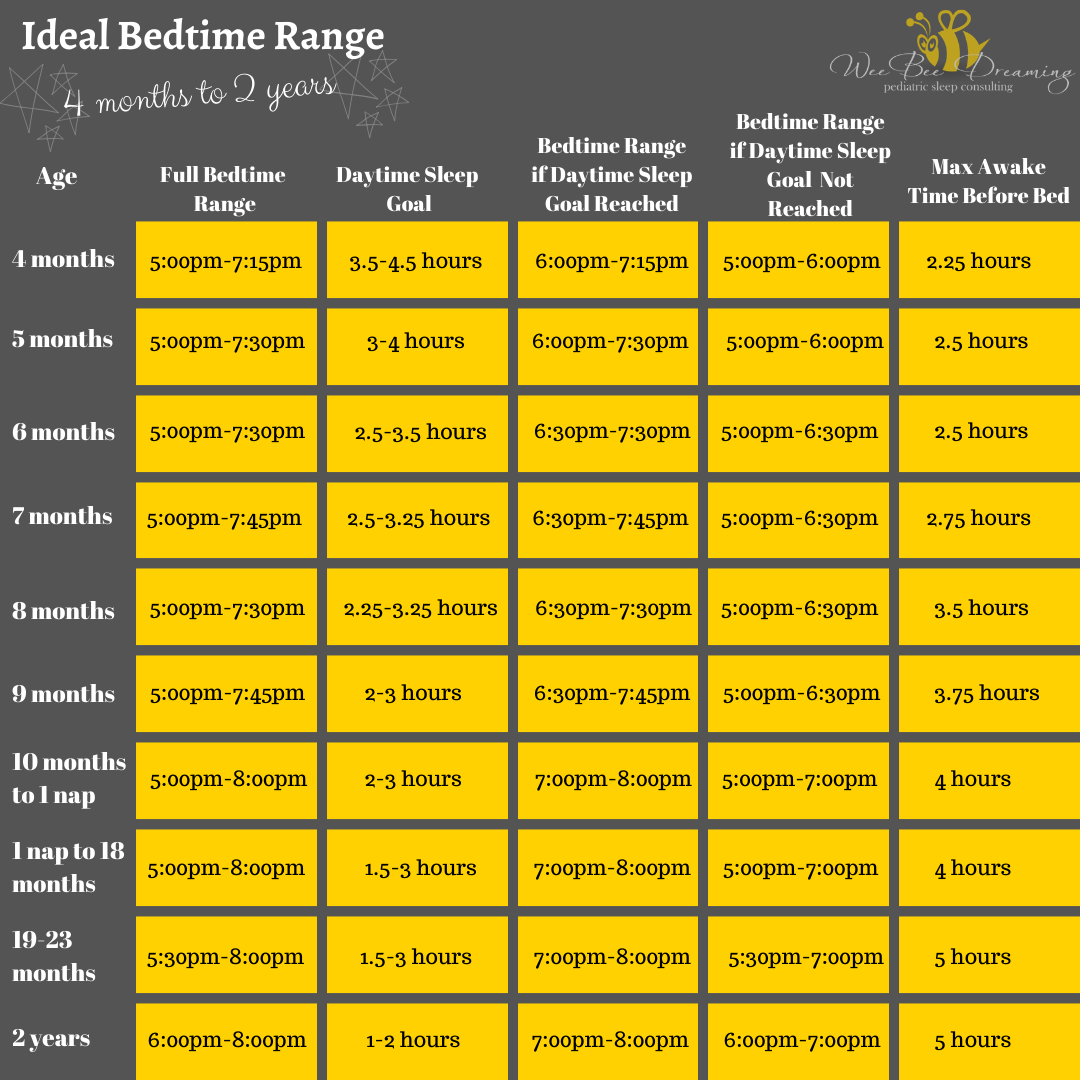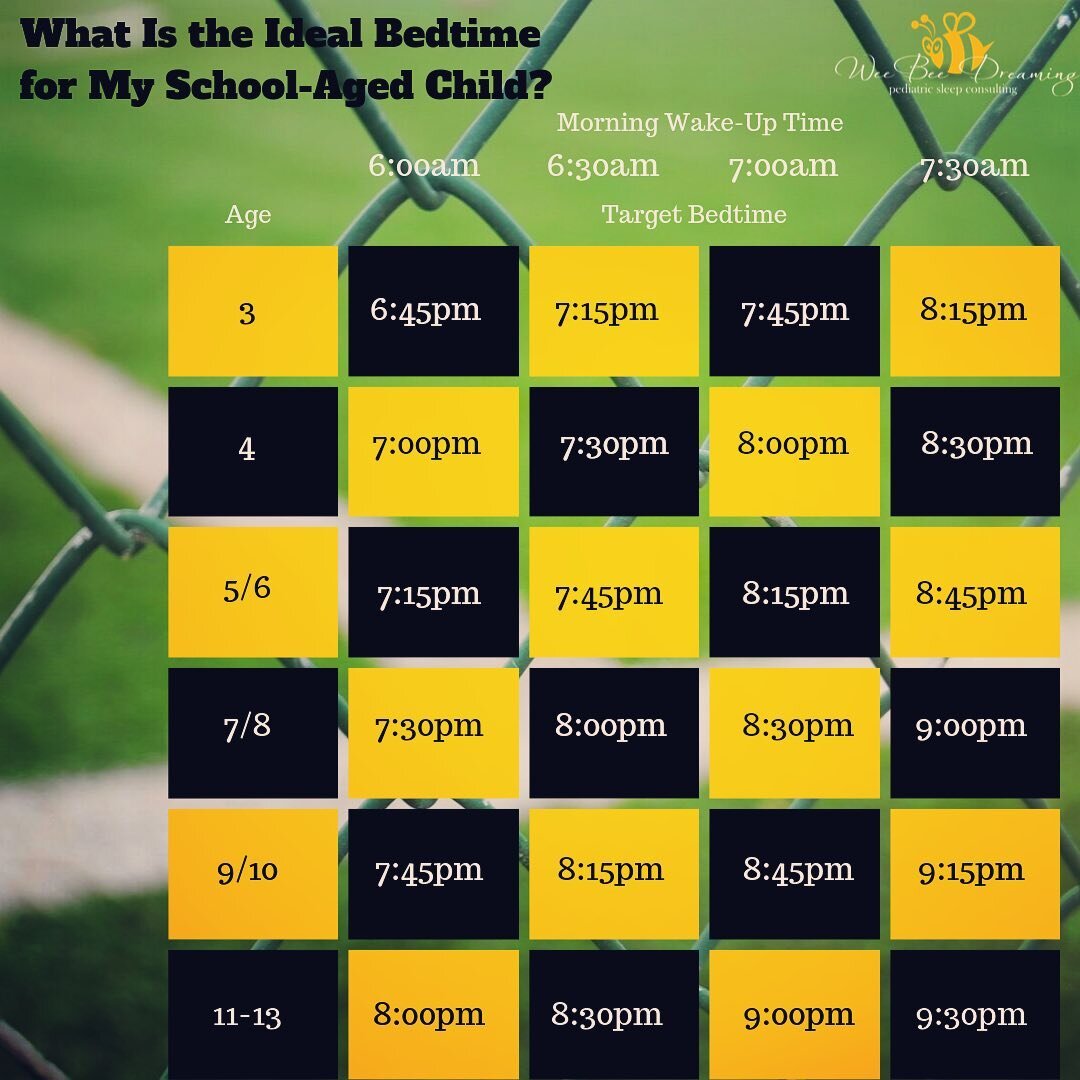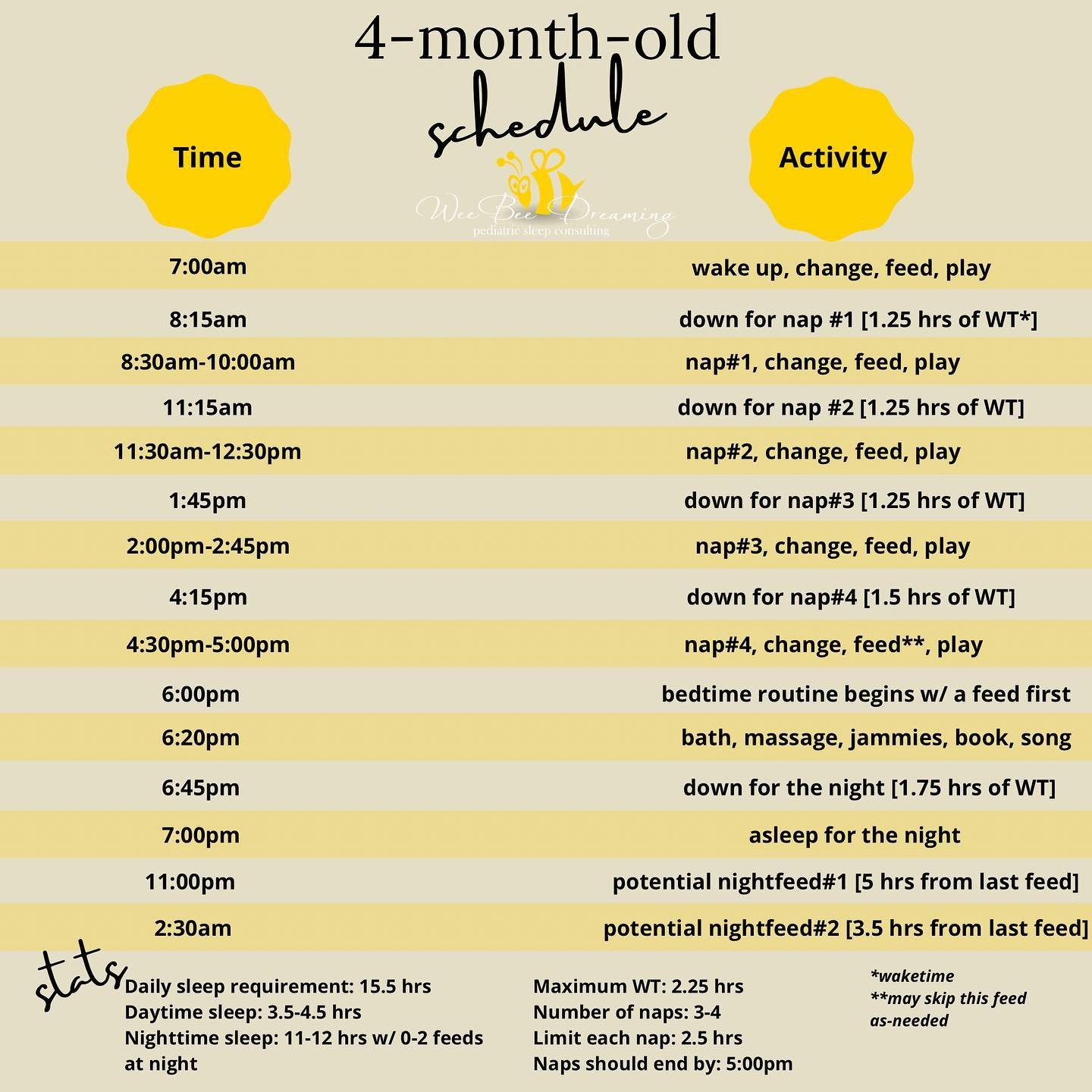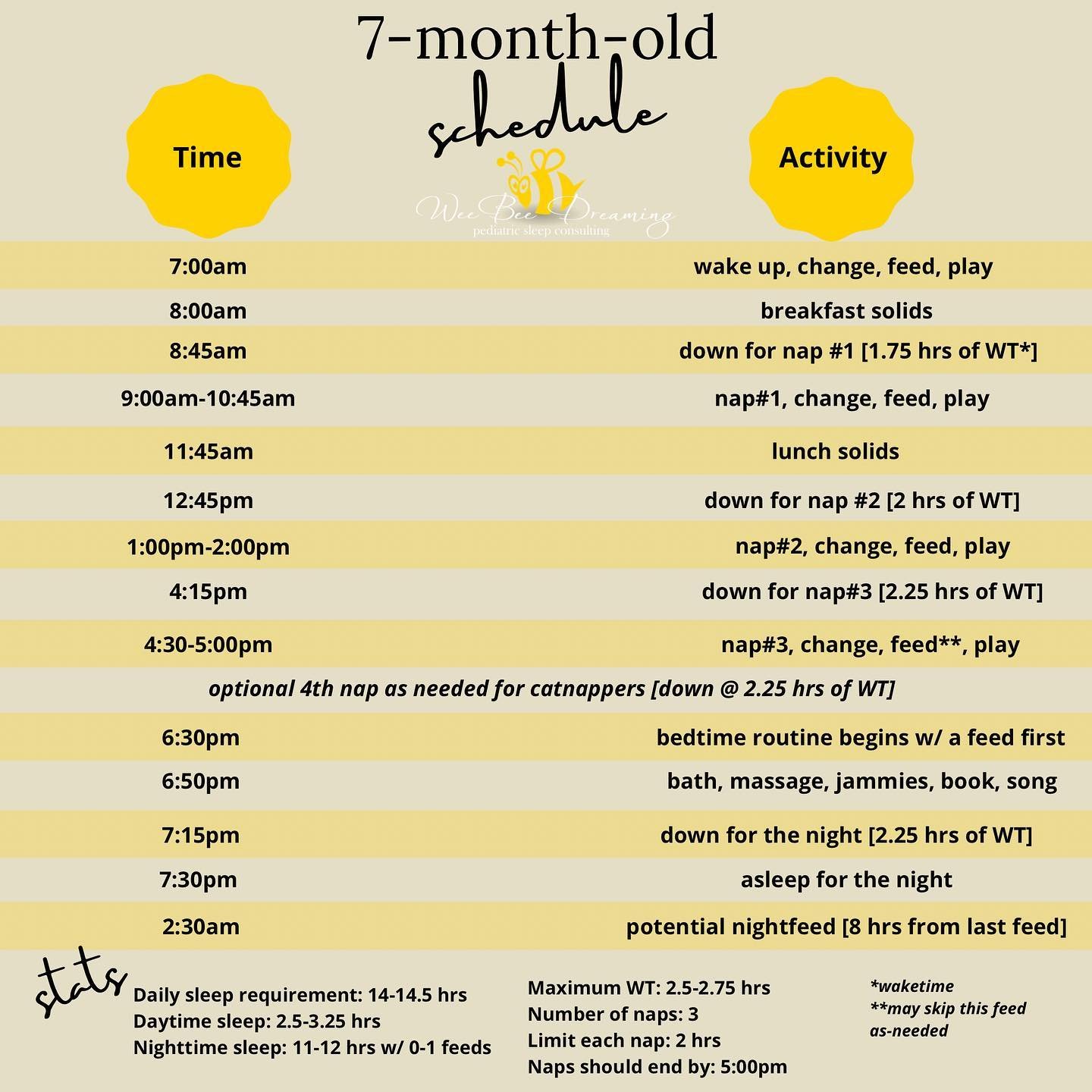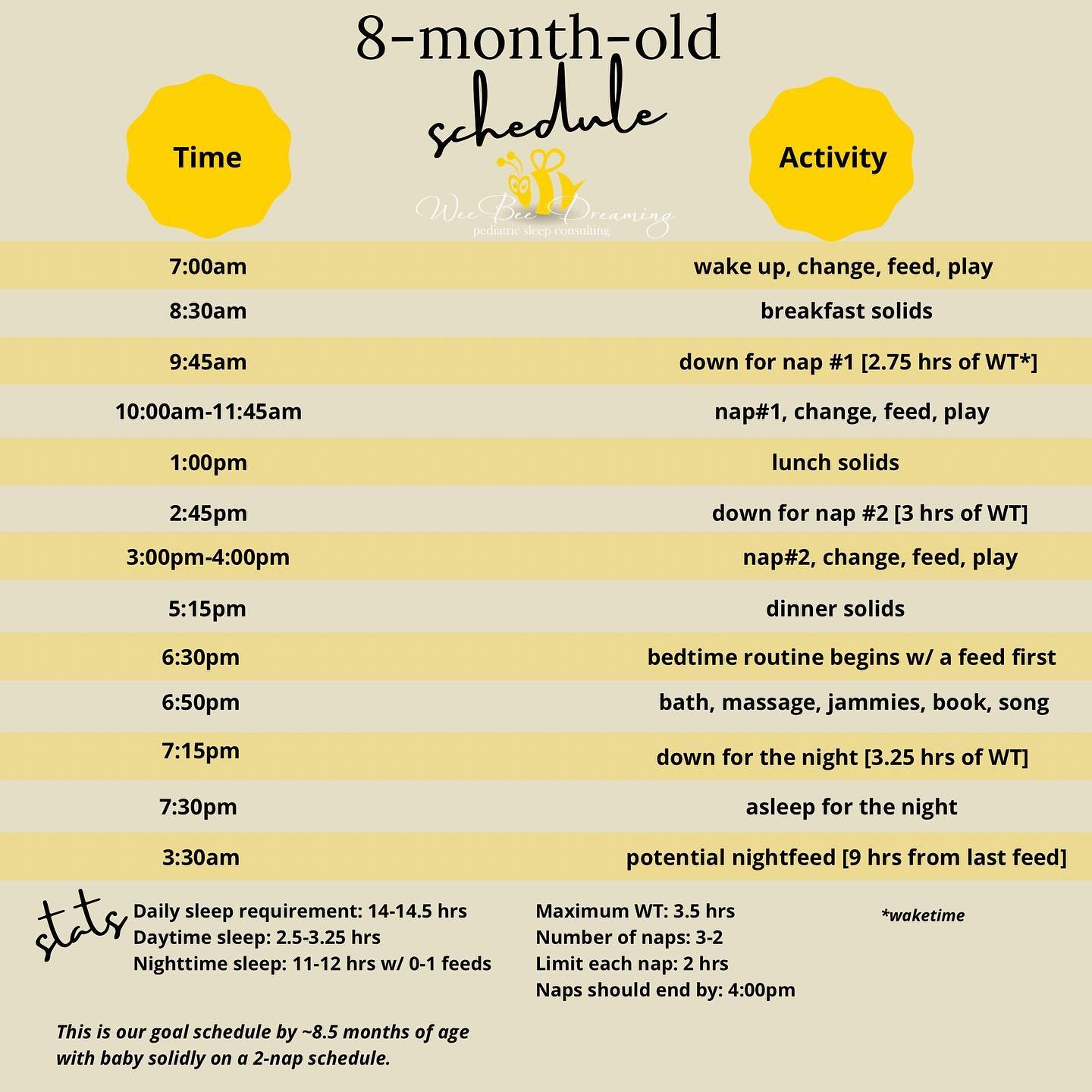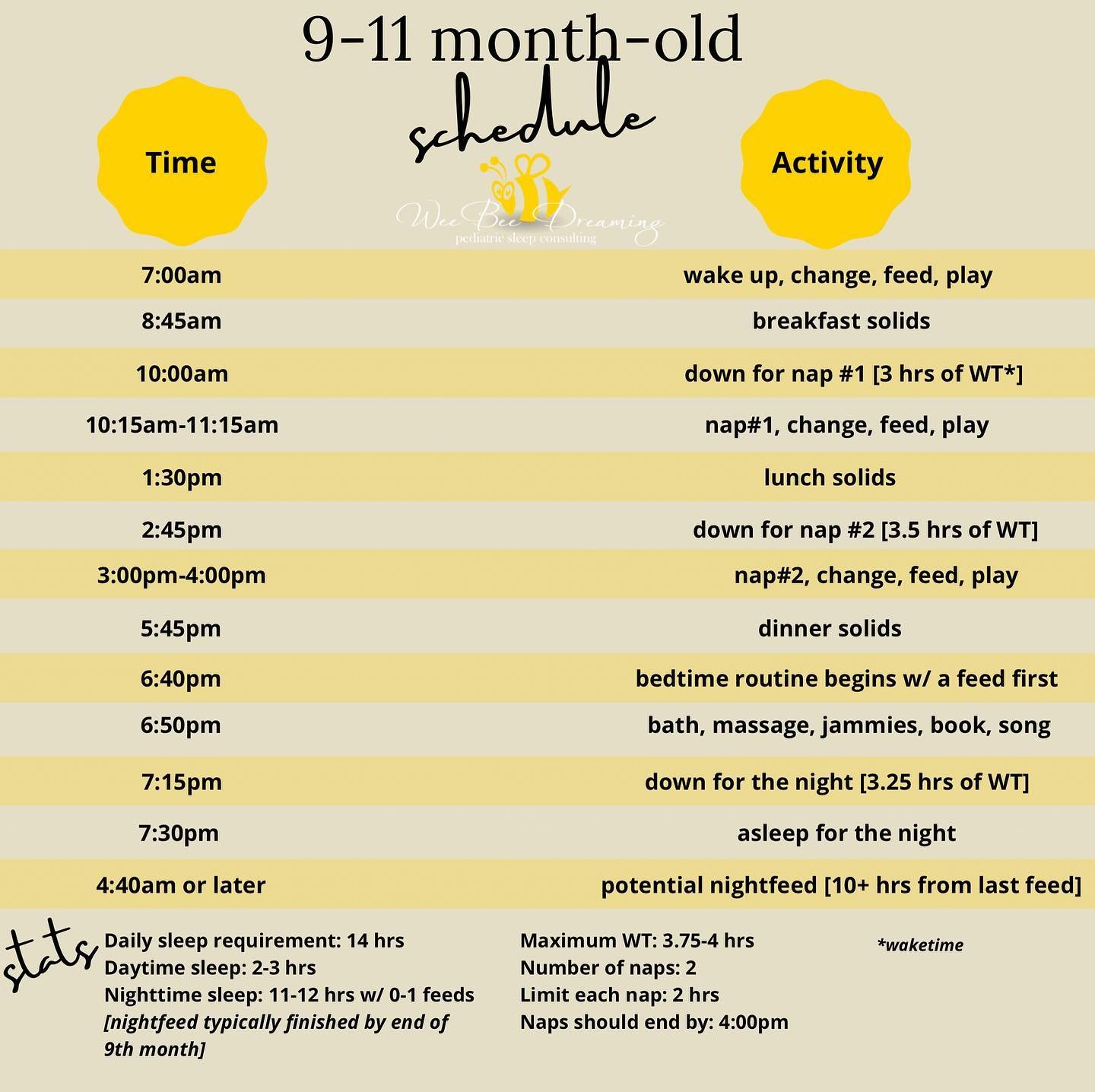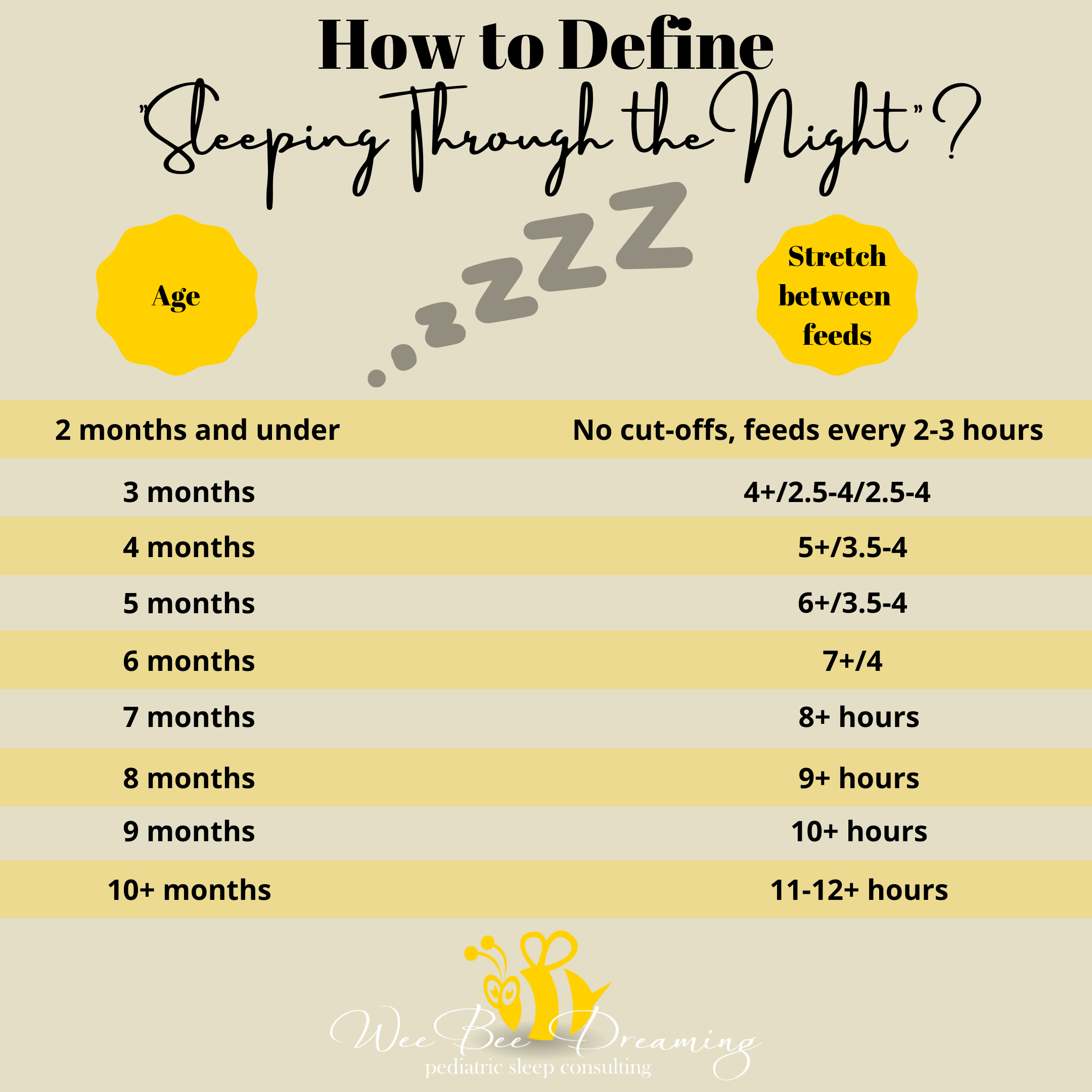I write a lot of posts about baby sleep so I thought it was time that we addressed our older kids' needs! While it's true that a vast majority of my clients are under the age of 1, there is also a significant portion of them that are toddlers/preschoolers. While many parents might feel that when their babies have trouble sleeping we can 'wait it out' and it will disappear once they are a bit older, more often than not this is not the case. I hope this series of posts can help you to get your big kids' sleep back on track because it is never too late to instill healthy sleep habits with our children!
What are some common toddler sleep issues that parents may face?
Toddler sleep issues can actually be very similar to some of the issues that we see with babies. The biggest ones I encounter are:
Early wakings (before 6:00am)
Nap transitions (transitioning from 2 naps to 1 or 1 nap to 0)
Transitioning to a big kid's bed
Bedtime & naptime battles
Nightwakings (either from nightmares, night terrors, sleep associations, or other reasons)
In part one of my blog post, I will address the first two issues above, and stay tuned for part two and three where I will discuss the final three.
Toddler Sleep Issue #1 - Early Wakings
I consider an 'early waking' to be anything before 6:00am. Anything after this time is a perfectly normal and acceptable time for a toddler to rise. Some of the most common reasons a toddler may be waking before the sun is up are:
Bedtime is too late. Are you sick of me talking about late bedtimes yet? I hope not, because I will never stop! While it seems opposite that a late bedtime would = an early wake-up, you need to remember this saying: sleep is not logical, it's biological. Simply put, a bedtime that is too late will almost always lead to a wake-up time that's much too early. If you are struggling with your toddler waking too early, try putting them to bed earlier. Check out my blog post here on how to find the ideal bedtime for your toddler and here for other causes of early wakings.
Parental inconsistency in the early morning hours. We need to be consistent in the way we respond to our children when they wake before it is 'acceptable' to be awake. If your child woke up at 2:00am, you wouldn't get them up and start the day, as we shouldn't if they wake up at 4:30 or 5:30am. We need to treat these wakings just as we would any other nightwakings. To help teach them what an acceptable time to wake-up is, I recommend a Gro Clock. Now, the key to these clocks is consistency. If you lose interest in the rules of the clock, so will they. Even if they wake up five minutes before the sun comes up, you walk them back to their room and tell them it's not time to get up because Mr. Sun is still sleeping. They might put up a fight the first couple of days but if you are consistent, they will learn the rules!
Toddler Sleep Issue #2 - Nap Transitions
Nap transitions can be a hairy time for everyone. We just recently went through the 2-1 transition with my son and while for us it was smooth as butter, it was not the same experience with my daughter years ago! The key to a successful nap transition is preparation, consistency, and patience. You need to have a plan of attack and you need to be consistent and patient with the process.
Rule #1 - don't rush the transition. Many parents may think that once their child hits 12 months they should be transitioning to one nap. I can tell you right now that the vast majority of 12 month olds (aside from those perhaps who have been consistently sleeping through the night forever and who take 2 hour + naps) still need two naps. The normal age for babies to transition to one nap is 13-18 months (with the average being 15 months). Transitioning too early will almost always lead to a baby who becomes overtired and thus may begin taking short naps and/or waking at night. Some of the signs that baby may be ready to go to 1 nap include:
Refusing the afternoon nap even after adjusting the awake time. Once you need more than four hours in between first and second naps, it is probably time to transition. The occasional nap refusal is normal, but if baby is refusing the second nap 50% of the time, it may be time to drop the nap.
Afternoon nap is occurring too late in the day and thus pushing bedtime too late. If you are struggling to get that second nap in before 4:00pm every single day, it may be time to transition to one nap.
Nightwakings that are otherwise unexplained. If you have a good daytime schedule, an age-appropriate bedtime, your baby is falling asleep independently and without props, but starts to have nightwakings while on two naps, it may be time to drop that 2nd nap and move to a one nap schedule.
Early wakings that are otherwise unexplained. If baby starts to wake up earlier than usual (and clocking much less than 11 hours of nightsleep) and it cannot be explained otherwise (i.e. bedtime isn't too late, no sleep associations, etc.) then it may be time to move to one nap.
The same goes for the 1-0 nap transition. Most kids still need 1 nap up to 3 years of age or beyond (in fact, according to Dr. Marc Weissbluth, 91% of children at age 3 are still napping). Parents may think that just because a child starts to fight the nap that this means they don't need the nap anymore while in fact sleep issues at this age are more about discipline and less about actual sleep. Some of the signs that it may be time to drop the child's nap include:
Consistently playing through nap time even after adjusting the awake time before the nap. Children's sleep needs are always changing so you may need to play around with the timing of their nap once they get a bit older. As well, if your child is sleeping in until 9:00am and you are trying to nap them at 1:00pm, it probably won't fly. It may be in your best interests to wake your child up at 7:00am to get them back on a regular napping schedule before deciding to drop the nap altogether.
Consistently taking a very long time to fall asleep at bedtime. It is very normal for toddlers who still nap to have a long transition time before bed but if bedtime is getting pushed to 9:00pm or 10:00pm or even later, it may be time to drop the nap and move bedtime earlier. Or, if the child is in a pattern of a late bedtime, a late wake-up, and a late nap, you may want to break the cycle by waking them up at 7:00am so that they are tired earlier for their nap and thus tired earlier for bed.
The child doesn't suffer any negative side effects when a nap is skipped. This one is very important. If your child skips their nap and then is an absolute demon in the evening (MY KID) then they are not yet ready to get rid of said nap. If after skipping a nap your child is pleasant and happy all the way to bedtime, this is a good sign that they may be ready to drop their nap.
For more information on the 2-1 and other nap transitions, check out my Comprehensive Nap Transition Guide here!
Rule #2 - have a plan of attack. With nap transitions, we don't want to just dive in head first without a plan. A lot of times, parents will just drop the second nap, push the first one later, and be done with it. While it's possible that this may work for your child, in my experience this will lead to baby becoming overtired. Our #1 goal during nap transitions is to minimize overtiredness. With the 2-1 nap transition a solid plan would be to:
Move the first nap of the day slowly later in the morning (possibly by about 15 minutes every few days). If the first nap ends before noon, try for a cat nap in the afternoon around 3:00pm to help baby get to a 'normal' bedtime.
At the beginning, the stretch between the nap and bedtime is going to be quite long (around 6 hours) but as you stretch the nap later, you should also decrease the awake time before bed (until the nap is occurring about 5 hours after baby wakes for the day, and bedtime is occurring about 5 hours after the nap ends).
Eventually, you will want the nap to be occurring around 12:30-1:30pm (or about 5.5 hours after baby wakes for the day) and bedtime to occur about 4.5-5 hours after the nap ends. Once you are on this schedule, your one nap is well-established and there is no need to tweak unless you are getting lengthy monkey business before the nap/bedtime.
For the transition from 1 nap to 0 naps, the key to making this successful is:
Continuing to offer a 'quiet time' in the middle of the day (somewhere between 1:00-3:00pm). This quiet time should be occurring in the child's bedroom with no electronics. Around 45 minutes is sufficient and helps the child to recharge their batteries (thus hopefully avoiding a late afternoon meltdown!)
Move the bedtime earlier. I cannot stress this enough! Children this age still require 11-13 hours of sleep every single day. If they aren't getting any of that sleep during the day, they need to get it all at night. To figure out what your child's bedtime should be once their nap is dropped, take the time they wake up and subtract 11-13 hours from it. If they seem irritable and cranky throughout the day and/or are having difficulty falling asleep at bedtime, chances are you need to move bedtime even earlier and they need even more sleep.
Rules #3 - have patience. As I have mentioned a few times, nap transitions can be hairy. There's likely to be some short naps, some frustration, perhaps some nightwakings or sleep-cries, but if you stay consistent and trust the process, it will all come together. Often, once parents don't see immediate results they are quick to switch things up and try something else, but with babies consistency is key. As well, a nap transition doesn't just happen overnight. It can take weeks from the first day that you decide you are ready to drop the nap to when baby is well-established on their new schedule. Take it from me, I just went through the 2-1 transition with my 15 month old and it has taken six weeks from the day I decided that I was done with the afternoon nap to today where he is solidly on one glorious nap.
Stay tuned for PART TWO of Toddler Sleep 101 where I will be discussing how and when to transition to a big kid's bed. Are you struggling with any toddler sleep issues that I haven't listed above? Leave me a comment below and let me know!












